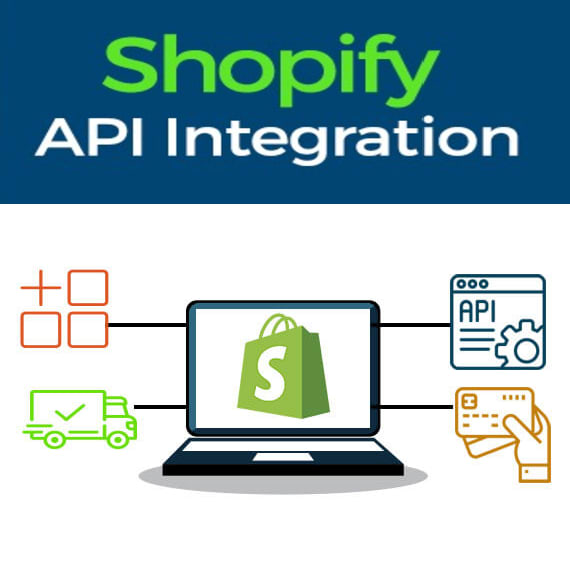

- #Shopify api draft order how to
- #Shopify api draft order install
- #Shopify api draft order zip file
- #Shopify api draft order full
- #Shopify api draft order download
Customize settings to match your brand.Use the dropdown to change pages and adjust branding as needed on each page. Please note, there are three steps / pages to the checkout flow. the paintbrush icon) and customize your brand. You can use Shopify's admin to customize these pages to match your brand and design.Checkout, order status, and order history Favicon (for any Shopify controlled pages).However, there are still a few aspects we're leaving within Shopify's control.
#Shopify api draft order full
Since you're creating a headless Shopify store, you'll be in full control of your brand and design. The headless theme should now be your current active theme.Confirm the theme change by clicking the green Save and publish button.the paintbrush icon), expand the STOREFRONT section, enter your headless store domain, click the gray Publish button.
#Shopify api draft order zip file
#Shopify api draft order install
To enable a seamless flow between your headless site and Shopify, you can install the Shopify Headless Theme.įollow the installation instructions and configure the theme with your headless site's values. links in emails, order details, plugins, checkout, etc.). However, you can't totally disable the theme and a lot of links will still point to the theme (e.g. When using a headless Shopify setup, you normally don't want customers to access any of the theme pages except for checkout.

Once installed, you'll need to create a SHOPIFY_STOREFRONT_ACCESS_TOKEN environment variable and use the public access token as the value In order to use the Shopify's Storefront API, you need to install the Headless app in your Shopify store. The API offers a full range of commerce options making it possible for customers to control products, collections, menus, pages, cart, checkout, and more. Next.js Commerce utilizes Shopify's Storefront API to create unique customer experiences. Note: Do not include the Accessing the Shopify Storefront API Add Shopify domain to an environment variableĬreate a SHOPIFY_STORE_DOMAIN environment variable and use your Shopify domain as the the value (ie. Note: Next.js Commerce will not work with a Shopify Starter plan as it does not allow installation of custom themes, which is required to run as a headless storefront. Next.js Commerce requires a paid Shopify plan.
#Shopify api draft order how to
How to configure your Shopify store for Next.js Commerce
#Shopify api draft order download
Download your environment variables: vercel env pull.Link local instance with Vercel and GitHub accounts (creates.env file or it will expose secrets that will allow others to control your Shopify store. It's recommended you use Vercel Environment Variables for this, but a. You will need to use the environment variables defined in. Alternative providers should be able to fork this repository and swap out the lib/shopify file with their own implementation while leaving the rest of the template mostly unchanged. Vercel is more than happy to partner and work with any commerce provider to help them get a similar template up and running and listed below. Vercel will only be actively maintaining a Shopify version as outlined in our vision and strategy for Next.js Commerce. Note: Looking for Next.js Commerce v1? View the code, demo, and release notes Providers Automatic light/dark mode based on system settings.React Server Components (RSCs) and Suspense.Optimized for SEO using Next.js's Metadata.A Next.js 13 and App Router-ready ecommerce template featuring:


 0 kommentar(er)
0 kommentar(er)
